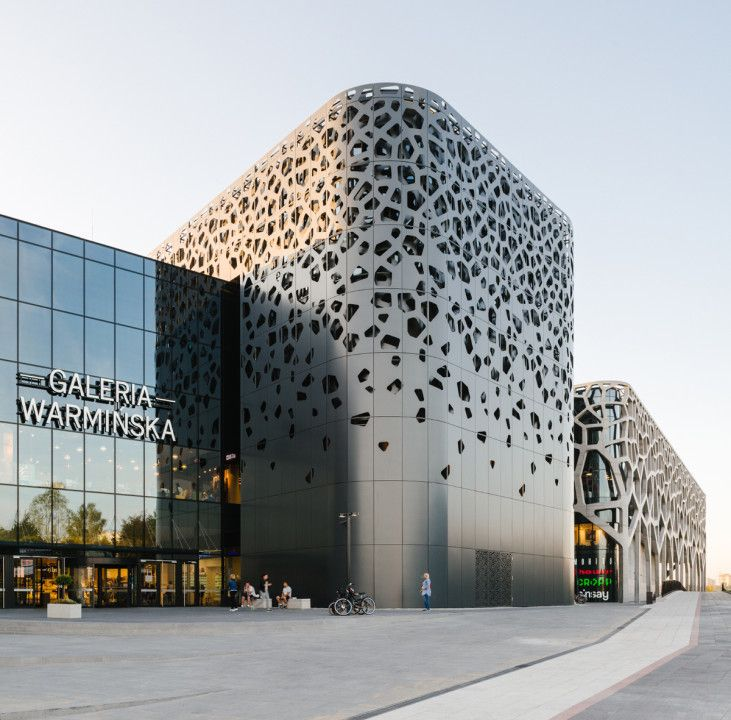perforated metal facade
Perforated metal facade systems represent a revolutionary approach in modern architectural design, combining aesthetic appeal with practical functionality. These innovative building envelopes consist of precisely engineered metal panels with strategically placed perforations that serve multiple purposes. The facade system utilizes advanced manufacturing techniques to create customizable patterns and hole sizes, allowing architects and designers to achieve unique visual effects while maintaining structural integrity. These facades act as a protective shield for buildings, managing solar gain through calculated perforation patterns that control light penetration and heat distribution. The system's versatility extends to its application in both new construction and renovation projects, offering solutions for commercial, residential, and industrial buildings. The perforated panels can be fabricated from various metals, including aluminum, steel, and copper, each bringing its own set of characteristics to the final design. The technology behind these facades has evolved to incorporate sophisticated mounting systems that ensure proper ventilation and water drainage, while also facilitating easy maintenance and replacement when necessary. Modern perforated metal facades have become integral to sustainable building design, contributing to energy efficiency and indoor comfort while serving as an architectural statement.


